September 3rd, 2024 | by Martyna Mrozek
Why is it Important to Design Digital Services and Products Sustainably?

Table of contents
The technology sector plays a substantial role in exacerbating the climate crisis, producing a carbon footprint comparable to that of the civil aviation industry. In 2020, the ICT sector accounted for an estimated 1.8-2.8% of global greenhouse gas emissions, with projections from the World Economic Forum suggesting that these emissions could reach 830 million metric tons CO₂ by 2030.
The manufacturing of electronic devices, including smartphones and laptops, is highly energy-intensive, leading to significant emissions across various stages, including raw material extraction, component production, and transportation. Additionally, data centers, which are integral to the functioning of the internet and cloud services, consume substantial amounts of electricity and were responsible for approximately 1-2% of global CO₂ emissions in 2020, according to the World Economic Forum. The widespread daily use of electronic devices, along with their disposal and recycling, further contributes to global CO₂ emissions.
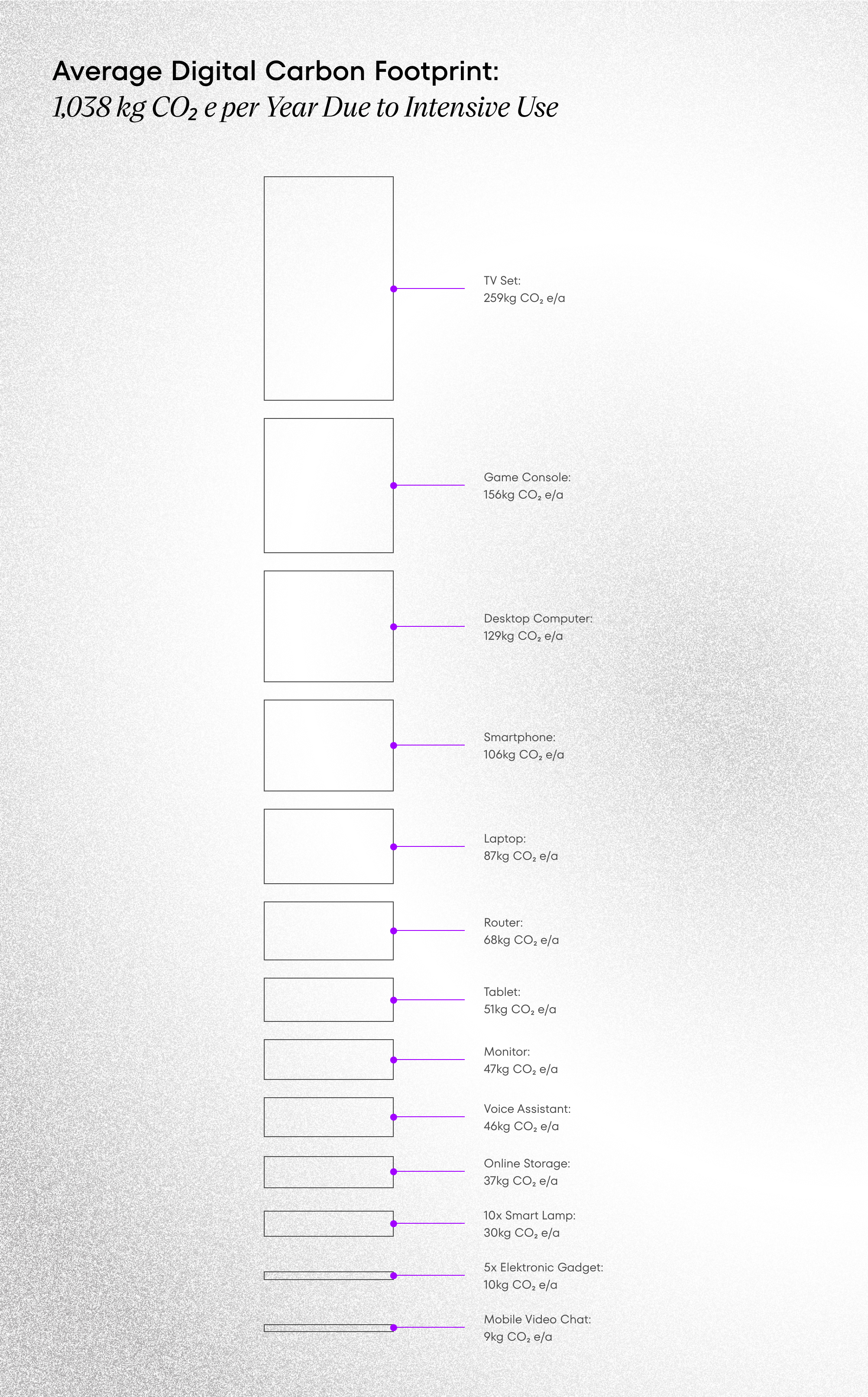

The United Nations’ definition of sustainable development emphasizes the necessity of fostering growth that enhances the quality of life for future generations while safeguarding their developmental opportunities. This definition underscores the imperative of respecting environmental needs. In alignment with this, the World Usability Congress report, The Future of UX 2024, identifies sustainability and eco-design as critical trends and challenges for digital product designers in the coming year.
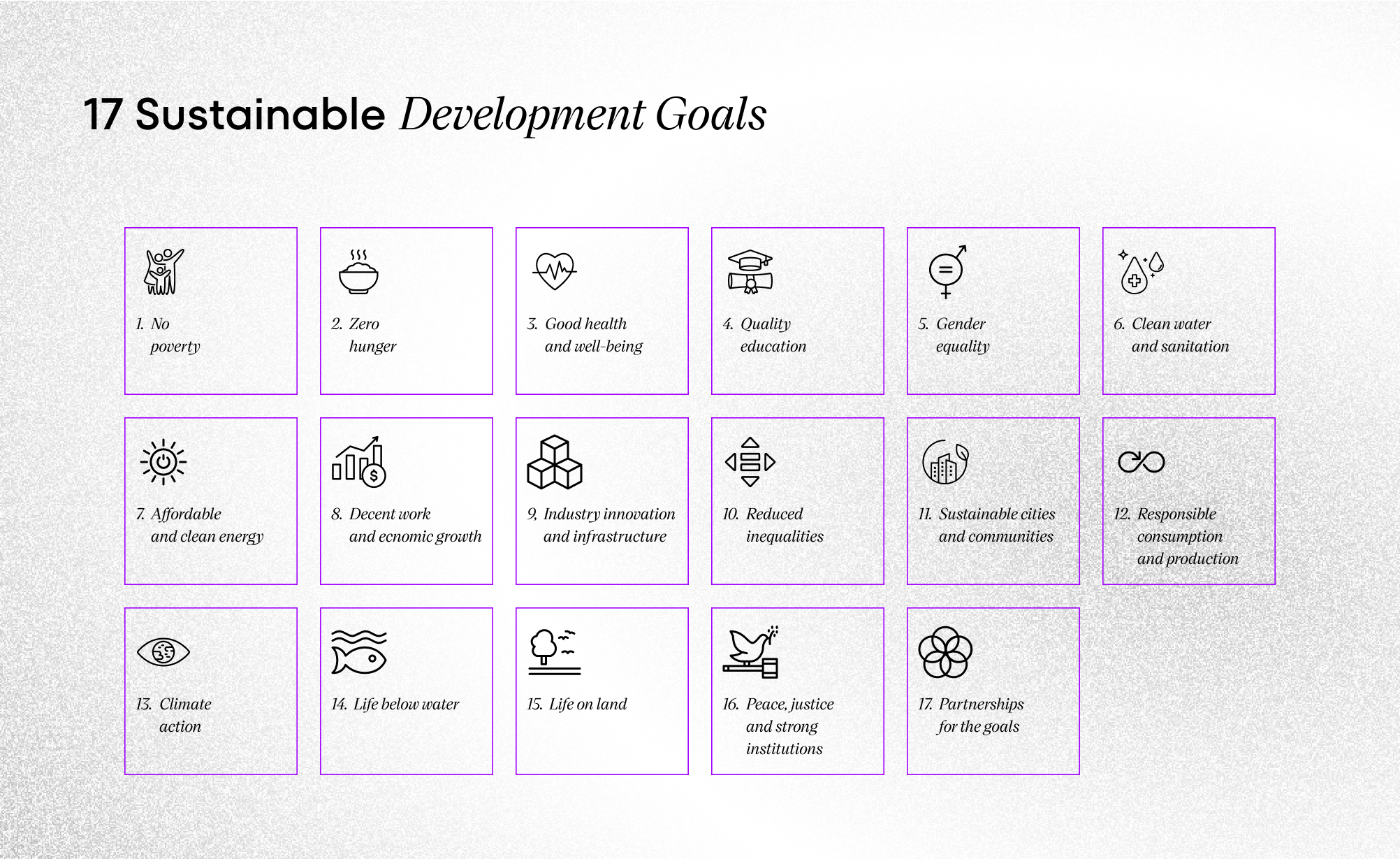
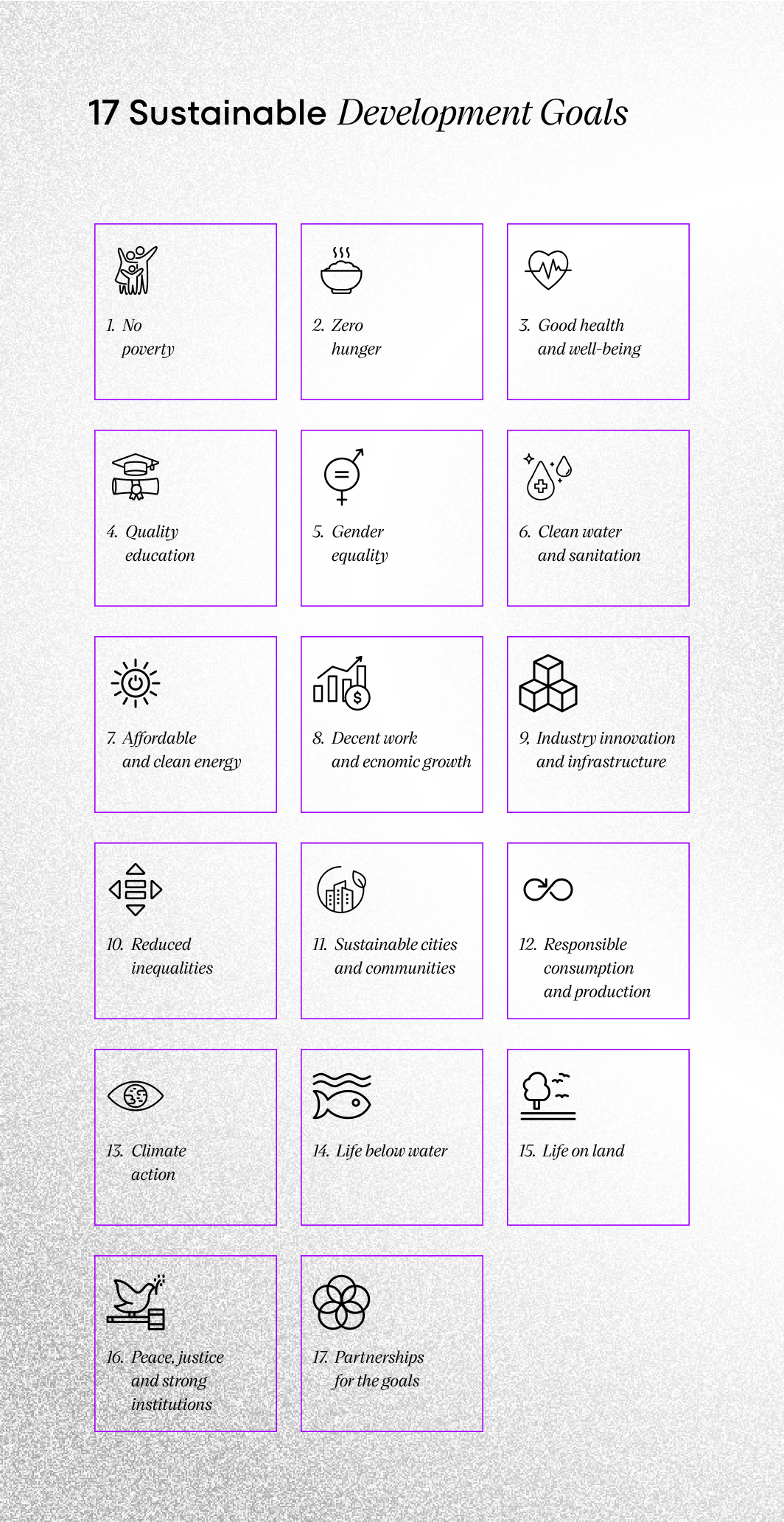
What Does Sustainability Mean in the Design of Digital Products and Services?
A sustainable physical product is one that integrates considerations for the entire product lifecycle from its conception, including production, usage, and end-of-life disposal, with an emphasis on optimizing for reuse. Such a product may incorporate recycled materials, be manufactured without reliance on fossil fuels, and feature a modular design to enhance repairability. Once in the hands of the consumer, the product should be durable, easy to maintain, and, ideally, constructed from biodegradable materials.
A Digital Product Passport is a tool that contains key information about a product, including its composition, origin, production processes, and lifecycle. This passport aims to enhance transparency and traceability at every stage of the product’s life, supporting sustainable development. It allows consumers, manufacturers, and recyclers to make more informed decisions regarding the repair, recycling, and reuse of the product, ultimately helping to reduce its environmental impact.
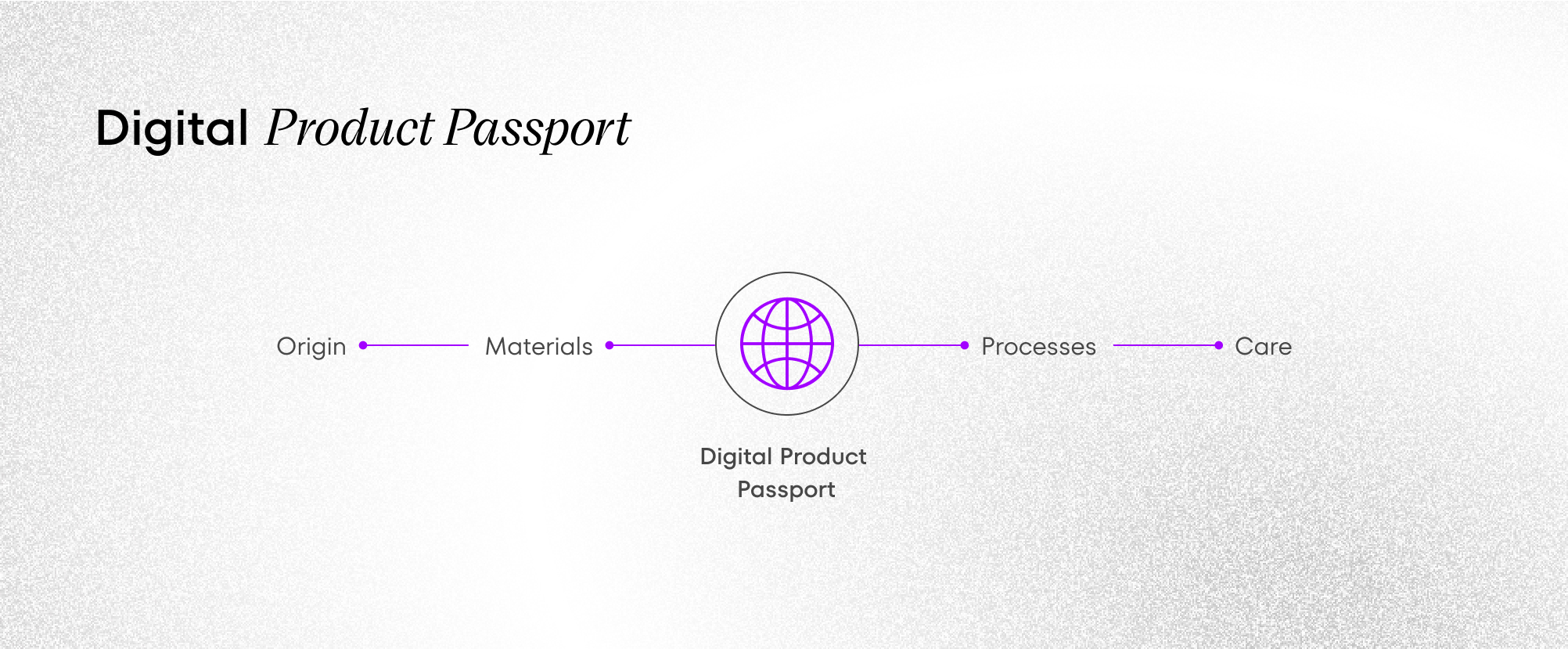
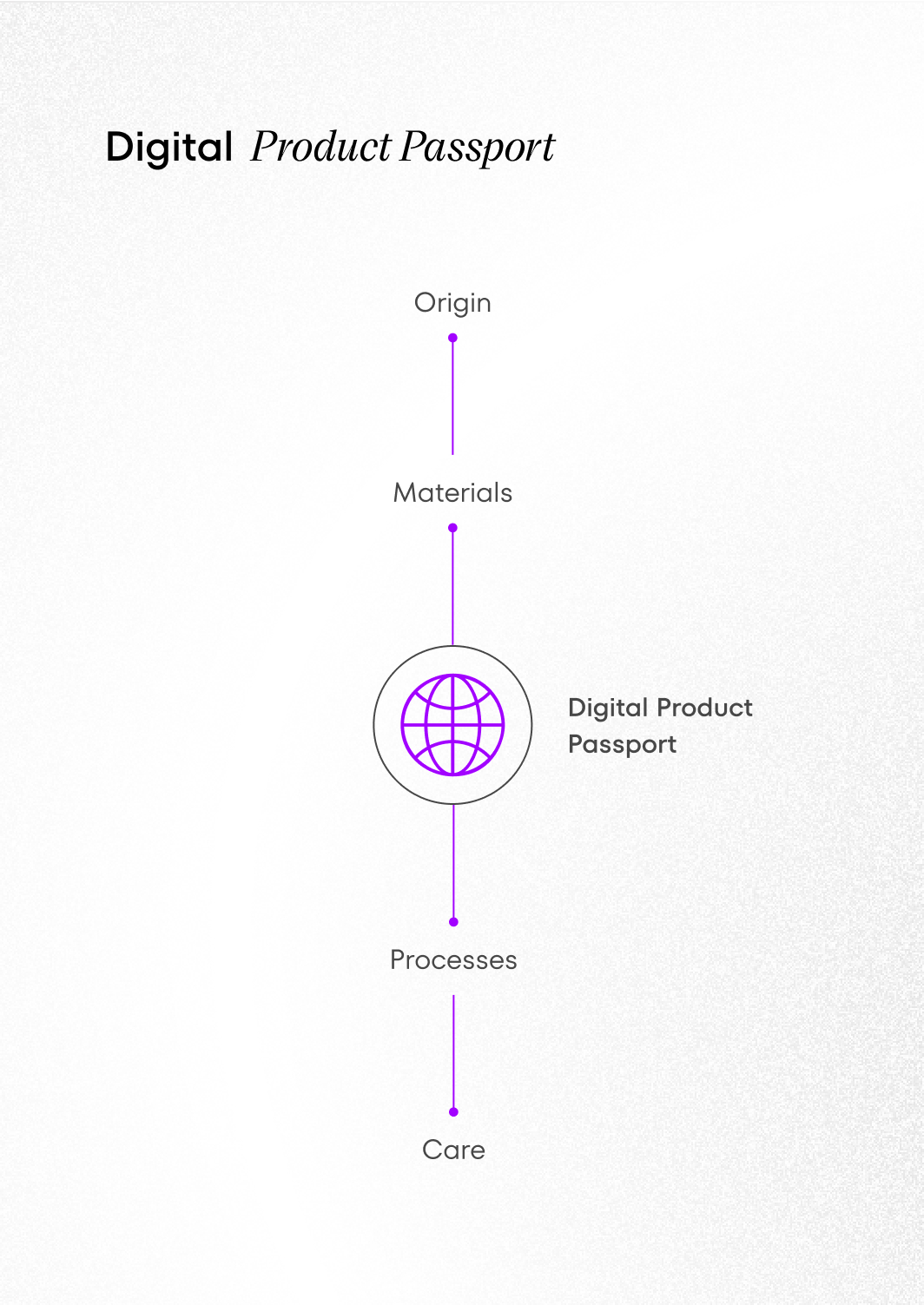
A sustainable service is one designed according to the principles of participatory design, aiming to meet the genuine needs of users while minimizing the consumption of non-renewable resources. Donald Norman, in his concept “Design for a Better World,” cites ride-sharing applications as an example of a sustainable service that mitigates the need for individual vehicle ownership, thereby reducing waste by decreasing the number of cars required. Carpooling services also contribute to fuel conservation, offering additional environmental benefits.
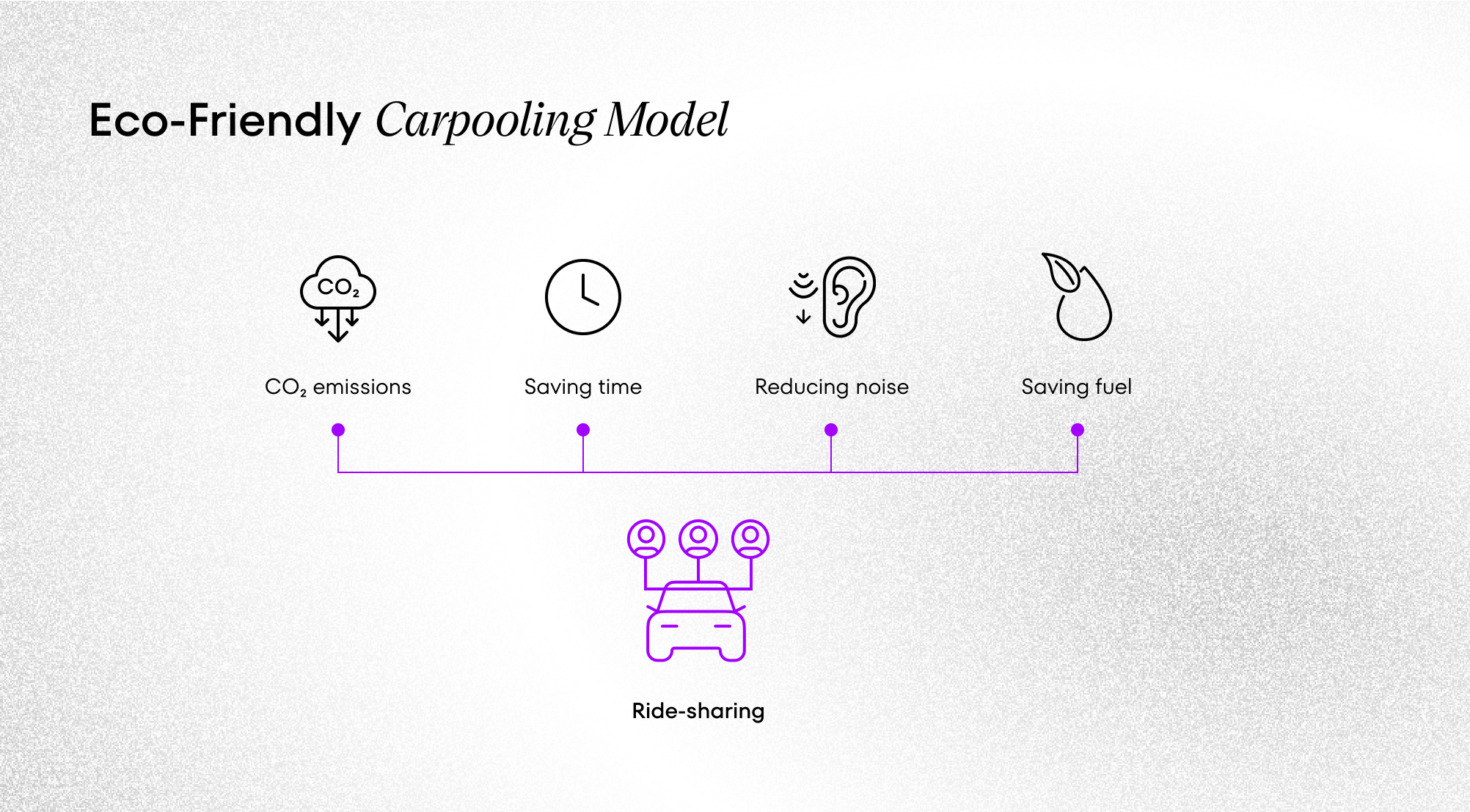
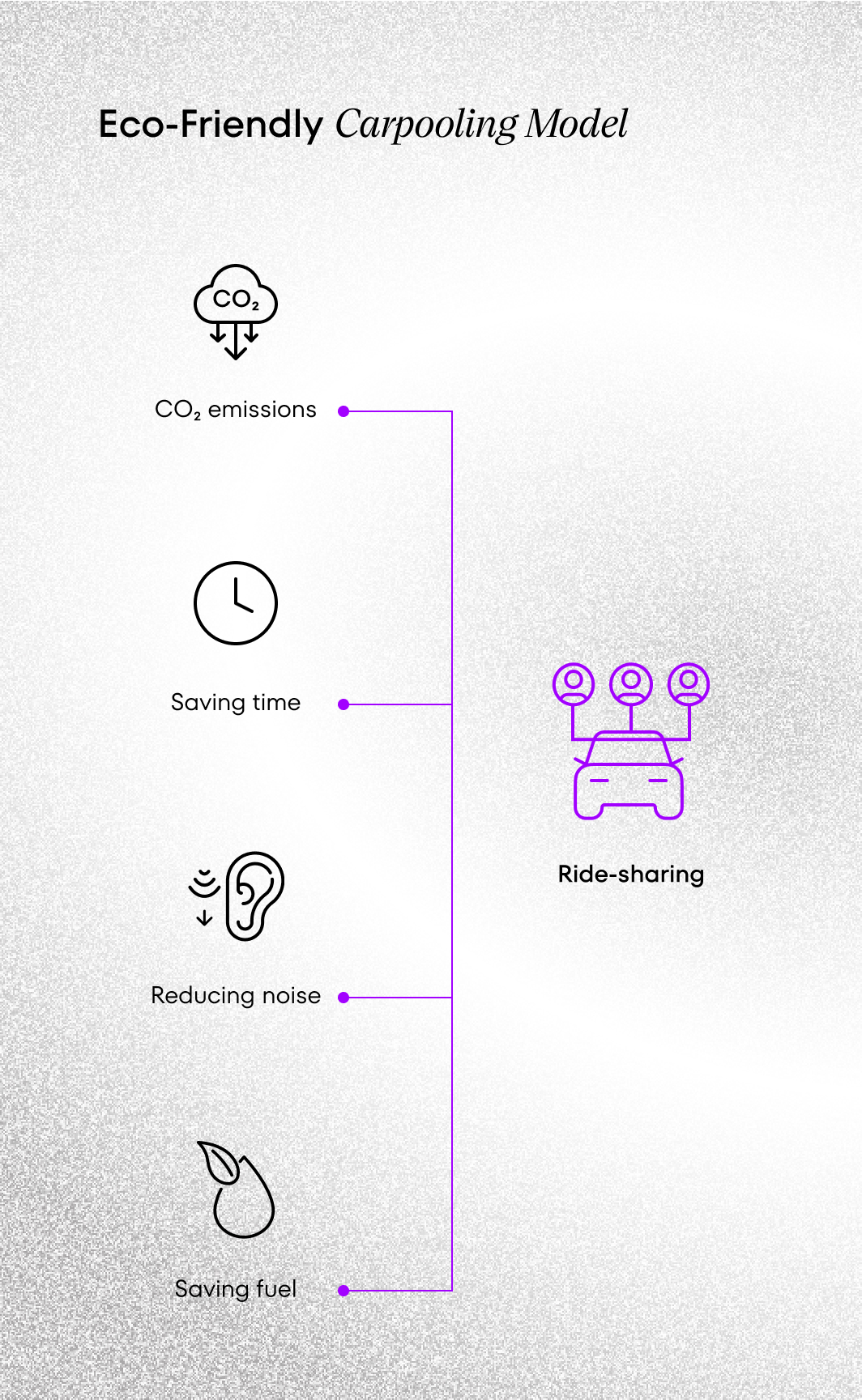
In the realm of digital product design, sustainability involves developing energy-efficient applications that are compatible with older devices, thereby reducing energy consumption and slowing down obsolescence, which contributes to lower electronic waste. Simple interventions, such as implementing a dark mode in applications, can substantially decrease battery consumption and overall energy use. The aggregate effect of widespread adoption of such features can be significant. Designers should also evaluate the necessity of new features and products, considering that it may be more efficient to enhance existing solutions with plugins or incremental updates rather than developing entirely new products. Emphasizing the design of scalable and modular technologies is also advantageous.
Inclusive & Accessible Product Design
A sustainable digital product should also be inclusive and accessible, designed to accommodate the broadest possible range of users. It should ensure usability and comfort for individuals regardless of their health status, physical abilities, cognitive differences, gender, age, or cultural background, thereby facilitating the achievement of their intended objectives.
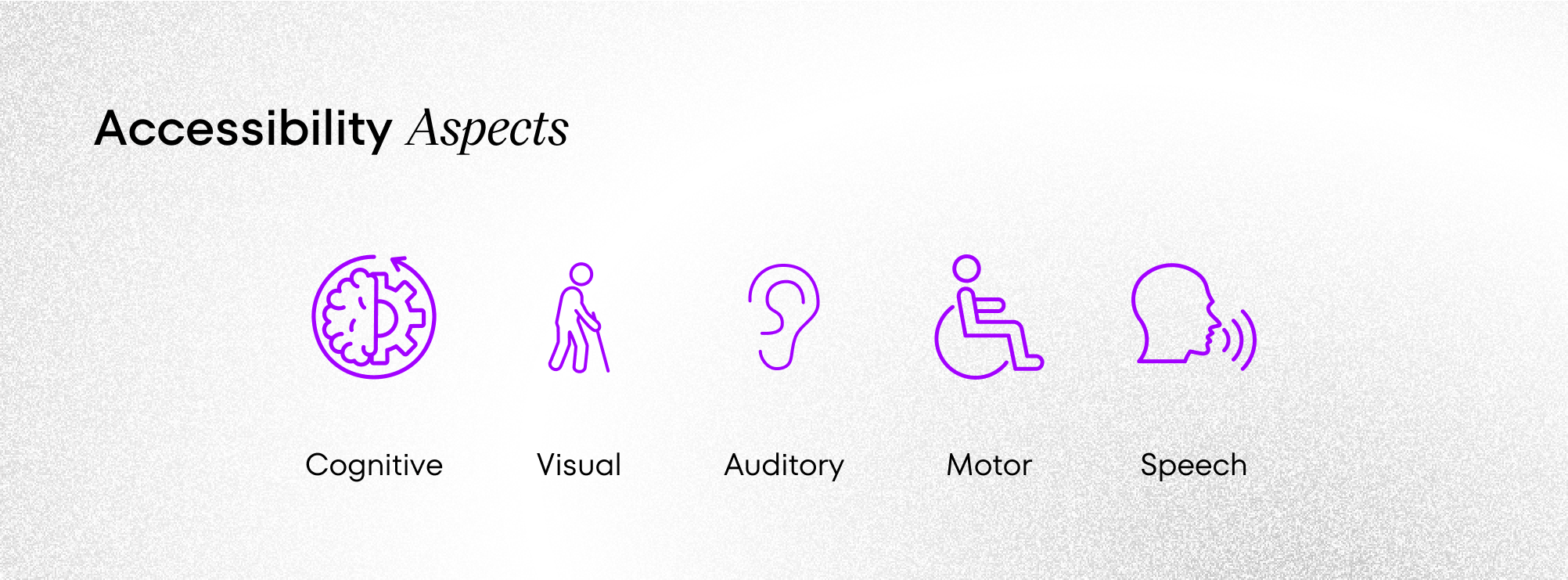
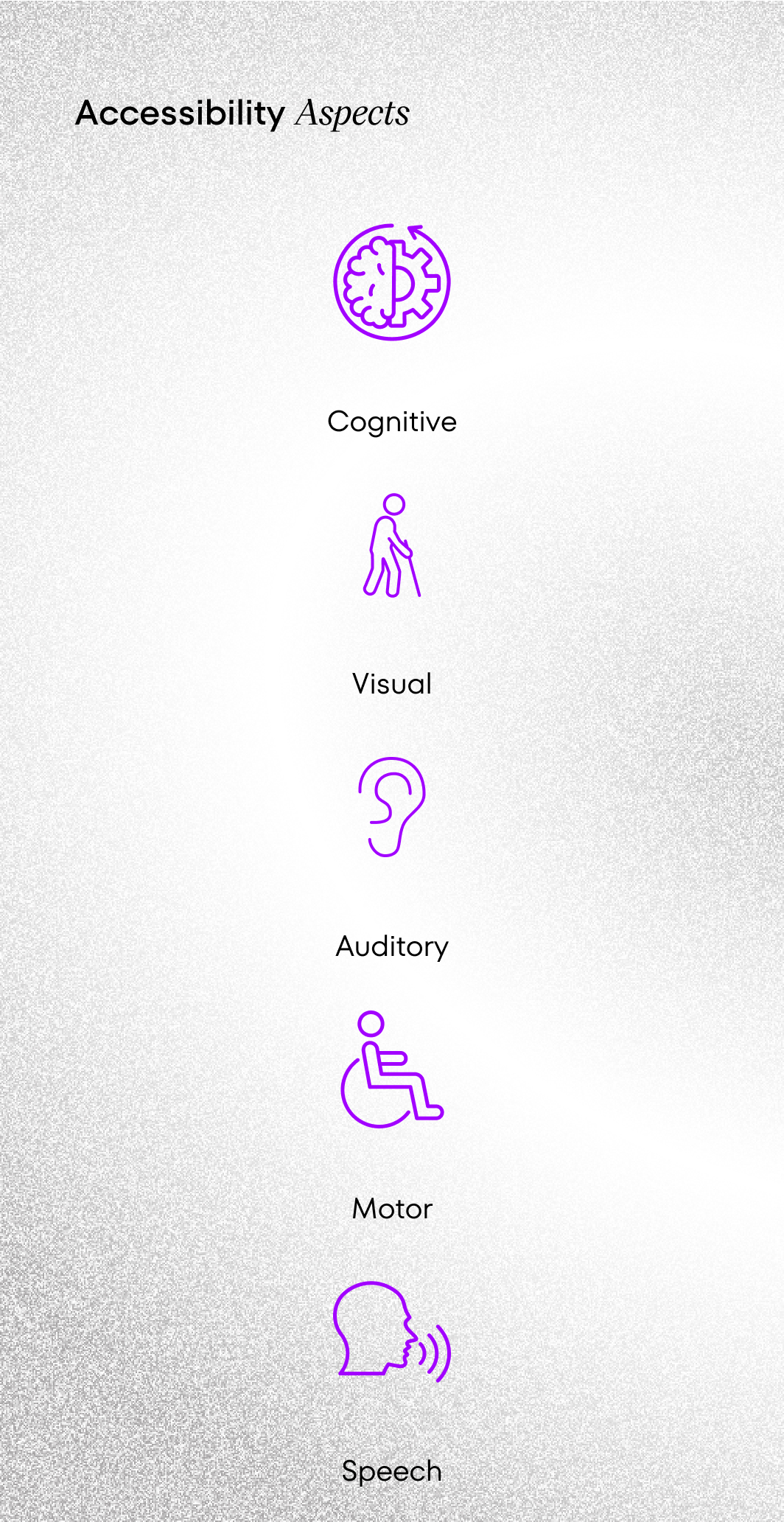
Emerging Technologies in Design
In 2024, the domain of digital product and service design is undergoing a profound technological transformation. This era is characterized by the increasing prominence of immersive interfaces, wearable technologies, and artificial intelligence. Jakob Nielsen has identified a paradigm shift in interaction design towards the User Interface, marking the first such shift in six decades.

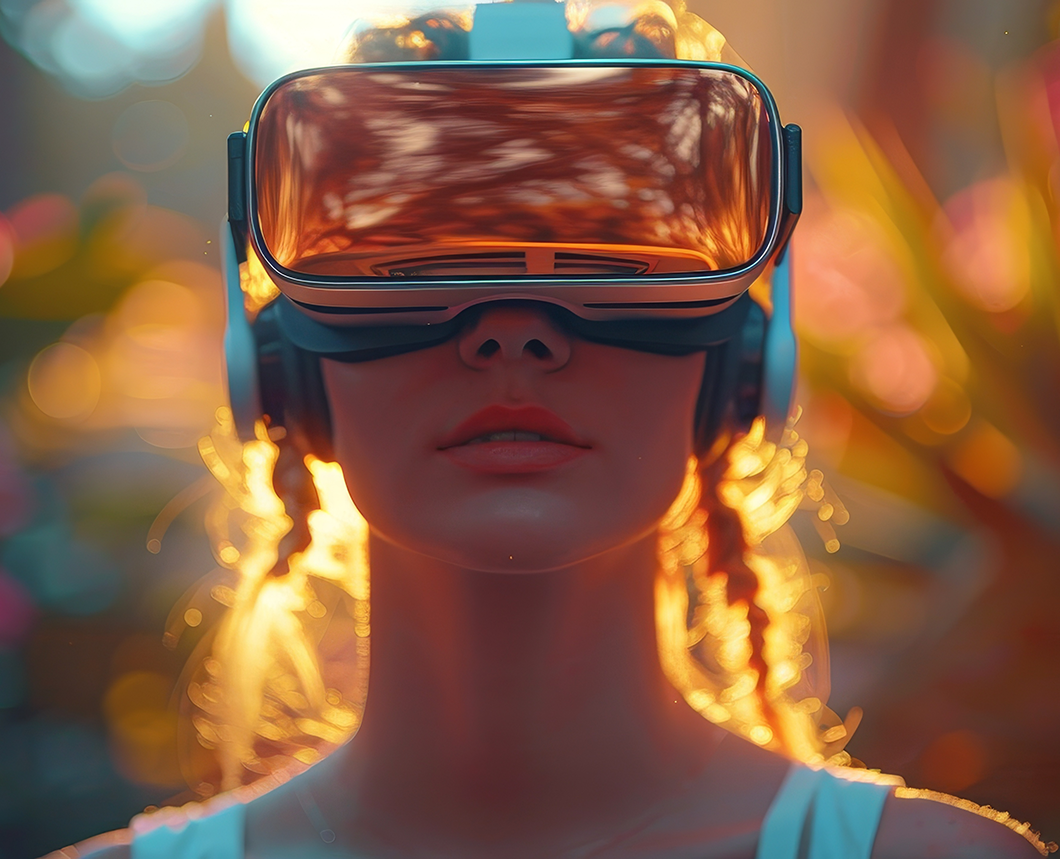
AI is introducing the third user-interface paradigm in computing history, shifting to a new interaction mechanism where users tell the computer what they want, not how to do it.
Jakob Nielsen Nielsen Norman Group
Designers are now required to master a new form of interaction predicated on users articulating their desired outcomes—emphasizing the importance of prompt engineering. The emergence of technologies such as Rabbit OS and AI-driven communicators indicates a significant transformation in digital interactions. Applications are likely to become less central, with users focusing more on solving problems (traditionally managed by applications) rather than the applications themselves. This shift underscores the growing relevance of concepts like The Real-Time Internet & Real-Time Interaction, where content is dynamically generated and personalized for users in real time.
From a physical interaction perspective, we are witnessing the most substantial change since 2007 (the debut of the first iPhone). The rise of Immersive Computing and Spatial Computing necessitates the design of adaptive interfaces that seamlessly integrate the digital and physical realms. Designers must leverage insights from neurocognition and psychology to create intuitive and engaging user experiences.
The design of immersive experiences demands new competencies, including spatial interaction design based on hand gestures, head movements, and body and eye tracking. These advancements enable effective interaction with digital content in three-dimensional environments. A comprehensive approach to user interface design, incorporating digital animations, 3D object design, and UI design, is becoming increasingly imperative.
Ethics in Design
It is imperative to adhere to ethical principles in design. Ensuring that design practices promote trust, security, privacy, and ethical standards, while making deliberate decisions that prioritize user welfare, is crucial, particularly in the context of emerging challenges such as deepfakes.
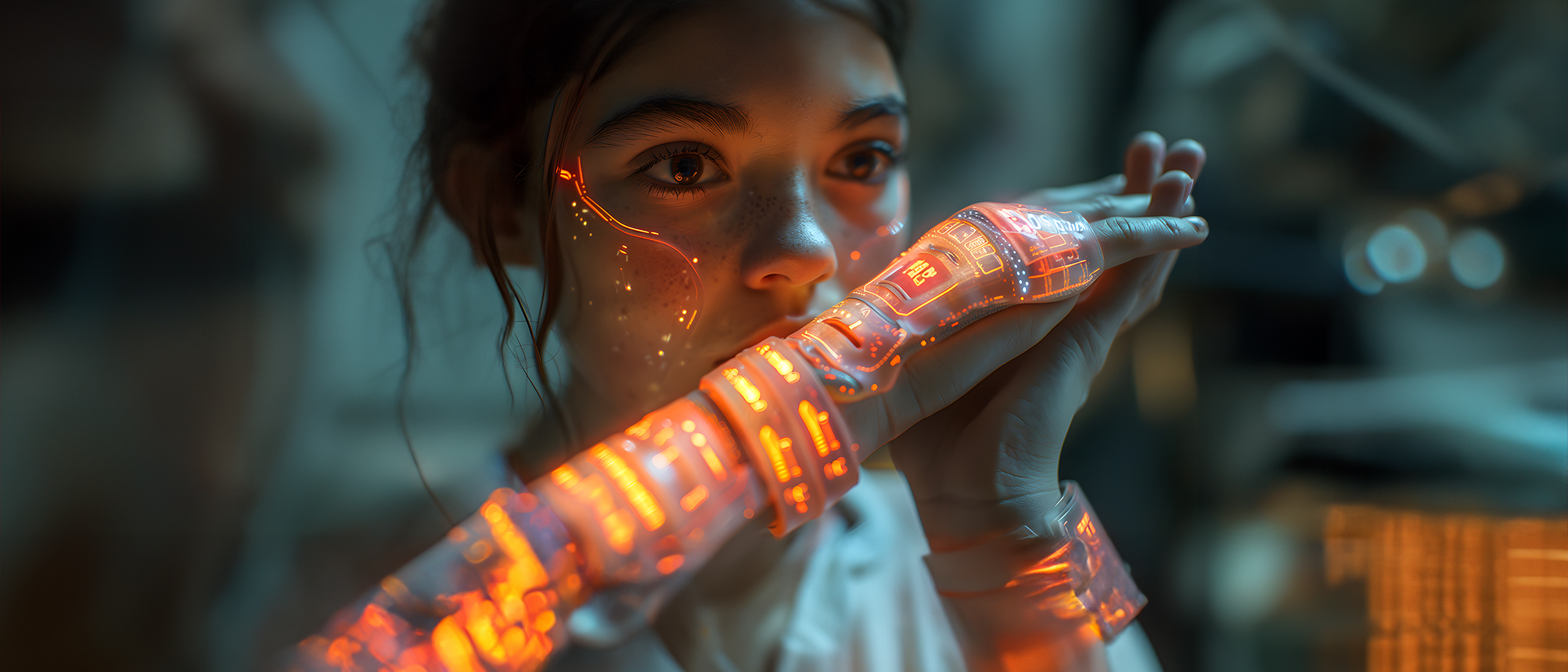
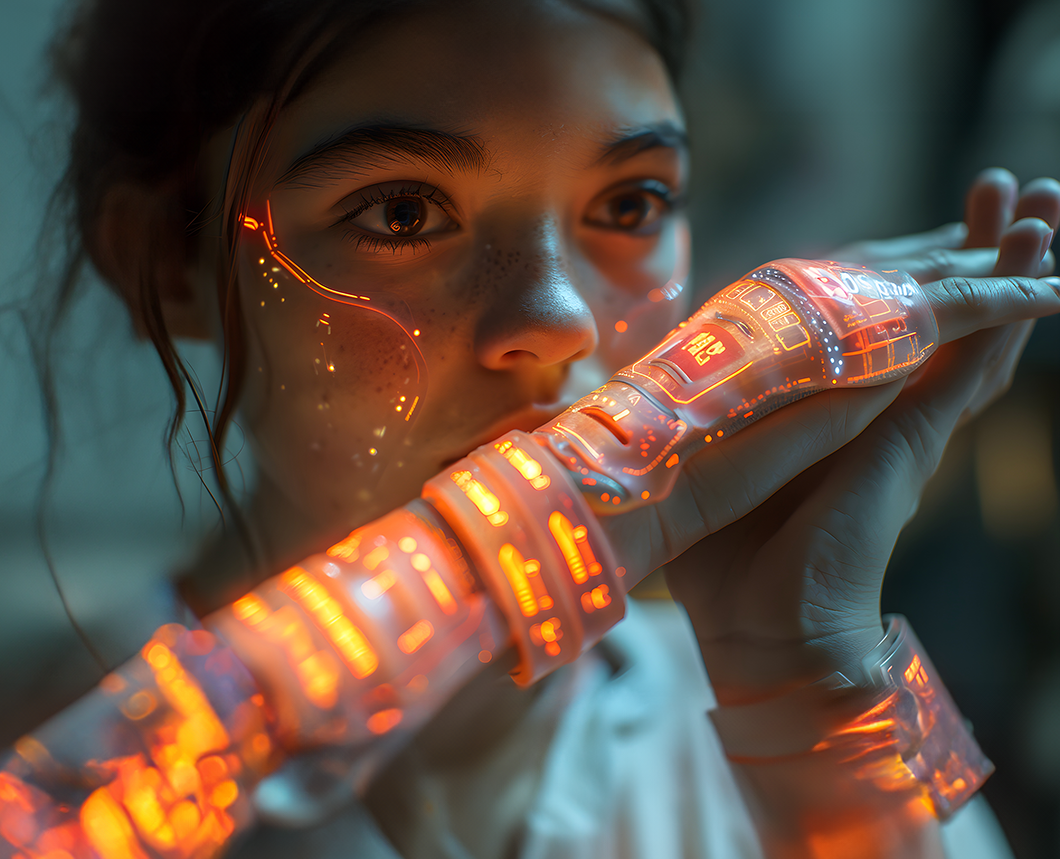
Summary
In conclusion, given the evolving and complex nature of the VUCA (Volatility, Uncertainty, Complexity, Ambiguity) environment, the design of digital products and services necessitates a novel approach that integrates sustainability, inclusivity, and advanced technologies. This approach should be characterized by scalability, modularity, and adaptability; support participatory design principles; and uphold ethical practices to ensure comprehensive and equitable user engagement.
The article was originally published in the Design Zone of SWPS University.


